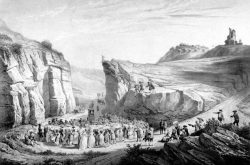Religion in the “Desert” period (1715-1787)
Following the Revocation of the Edict of Nantes, French Protestants recanted or went into exile. But among those who recanted, some continued to practice in secret, read the Bible and sing psalms within the family circle or in secret “Church of the Desert” meetings.
From prophets to pastors : Antoine Court's reformation
In Dauphiné at the end of the 17th century, and at the beginning of the 18th century in the Cevennes, a prophetic movement spread among Protestants. Some prophets lead secret meetings, calling people to turn from Catholic ceremonies and return to Reformed Church practices. Their preaching caused the War of the Camisards.
From 1715 Antoine Court, with the help of several preachers, attempted to reorganise religious practices within the “Church of the Desert”, and to silence the prophets. He re-established the pre-1685 order in the Reformed Church, adapting it to meet current times : the elders had to keep good control of meetings, preachers had to be monitored and new pastors trained.
The synods held in the “Desert” period were both at a local and national level. The so-called national synods began with representatives from only some areas, but gradually other regions joined in. Synods laid down the rules for secret religious practice.
Pastors were appointed and recognised by the synods. They often covered vast areas and were continually in hiding. Until about 1760 they risked their lives to exercise their ministry.
In 1725 Antoine Court founded the Lausanne Seminary in Switzerland to train new pastors. Training was adapted for the secret church and reduced in length, initially taking a year, and later two years. Study was financed by collections from neighbouring protestant countries.
The threat of persecution, even if there were periods of respite, did not really stop until about 1760. It was necessary to adapt things specifically for the “underground church” : minute Bibles that could be hidden in women’s buns or, for “Church of the Desert” preachers, pulpits that could be disassembled.
Associated tours
-
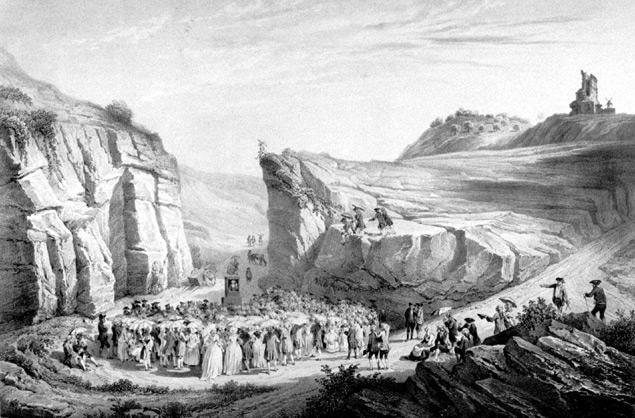
Religion in the “Desert” period
After the Revocation of the Edict of Nantes in 1685, French Protestants went into exile or abjured their religious faith. However, among those who abjured, some continued to practice in...
Associated notes
-
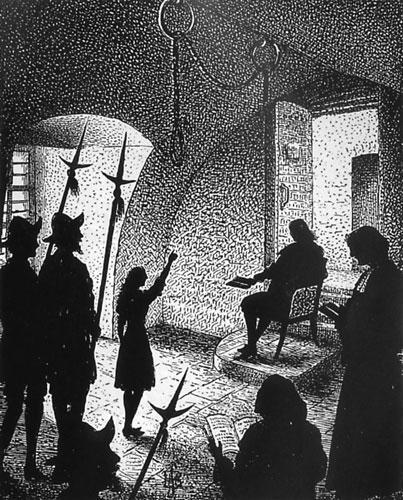
Prophetic Movement
In the years following the Revocation of the Edict of Nantes, a Prophetic Movement, quite alien to the Reformed tradition, stirred up Protestant peasants from the South of France and... -
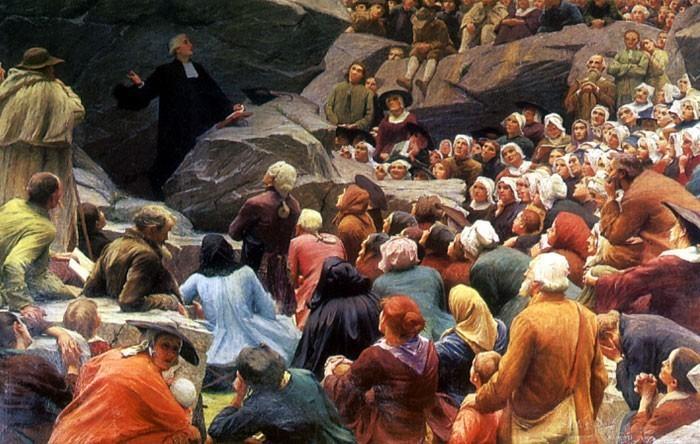
Religious practice in the time of the "Desert"
Antoine Court reorganised the practice of religion in secret (also called religion “in the Desert”), returning things to the more disciplined ways of the Reformed Church before the revoking of... -
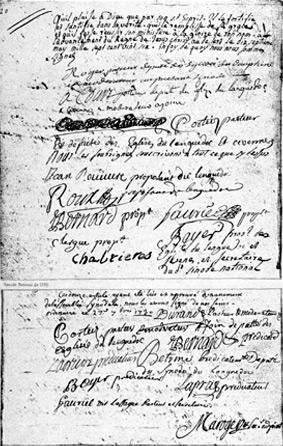
Pastors of the "Church of the Desert"
Following the revoking of the Edict of Nantes, Protestant pastors had to leave France. From 1715, encouraged by Antoine Court, a new group of pastors gradually emerged. The “Church of... -
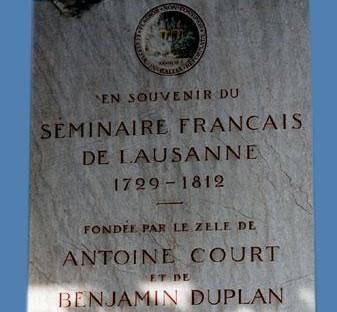
The Lausanne Theological Seminary (1726-1812)
The seminary in Lausanne was started at the instigation of Antoine Court. Its purpose was to train those called to the ministry in France during the “Desert” period. -
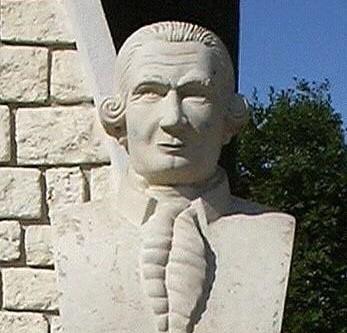
Jean Jarousseau (1729-1819)
A pastor in the “Church of the Desert”, Jean Jarousseau exercised his ministry in Saintonge at the end of the Heroic Period and during the time called the Period of...

